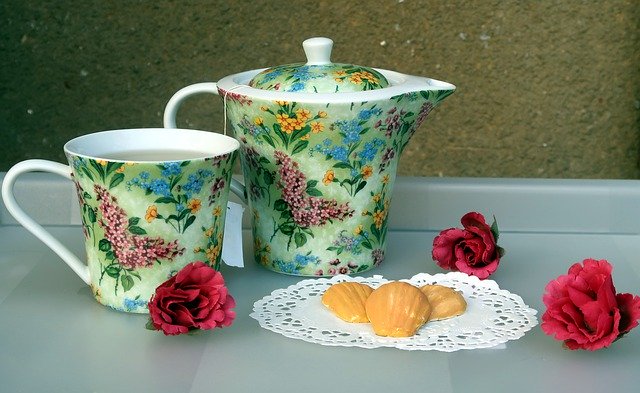What is the size of a miniature painting?
Miniature painting is a pretty misunderstood form of art, and more often than not it is presumed that the pieces are obliged to be undersized or the models shall be portrayed on a smaller scale to be deemed as “miniature art”.
And I am here to tell you… this is not the case. At all.
For understanding the concept of miniature art, it is important to keep in mind that the roots of the word “miniature” have zero to do with size; the word comes from the terms ‘minium’ (the other name for the red lead paint employed in illumined texts during the feudal era) and ‘miniare’ (Latin for ‘to color with red lead’).

Miniature painting is, in reality, a variety and method of painting, and as such, a wall-sized work could be painted “in miniature” depending on the technique and the attention to the detail put upon the piece. There are some large works, and others considered gigantic that is completed by employing miniature painting.
Great-sized miniature paintings have been registered all through history and are accepted today as such; however, painting larger works in miniature is way more challenging and time-consuming than a reduced piece due to the meticulousness that it requires.

Another exceptional characteristic of miniature art is that it was – and often is – used on objects such as the Russian varnish boxes.
At the moment, there are miniature art societies in the western hemisphere to assist in encouraging and preserving old-style miniature art and the “spirit of miniature”. Their expositions present the handheld miniature paintings (or sculptures) from the past, and each exhibition has its exclusive procedures and guidelines for artists displaying in their exhibit.

Some of these rules restrict the proportions of the work to be no greater than a fixed quadrangular inch. Others control the magnitude of a subject, such as a scale rule that a subject may not be painted grander than 1/6th of its natural size, or that an object in the painting shall not surpass 2’’. There are also numerous framing limitations.
All of these guidelines are settled by each show for their own specific and exclusive exhibitions and do not delineate what miniature art is.
The artist who painted miniatures all through history were not limited in their artwork by scale as their subjects were portrayed to any dimension that the artist believed attractive to the eye and their customers, for both texts and other miniatures. Subjects that were innately minor in sizes, such as butterflies and insects, were painted life-sized. As a result of the 1/6th scale rule that is exploited by some shows and societies in the present day, unfortunately, it causes a bit of misperception to those inexperienced to the art form, who frequently suppose that is it a part of mechanical standards of the miniature’s description.
The world’s experts in miniatures do not acknowledge the rule as real and see those supporting it as not in possession of the facts related to miniature history.
